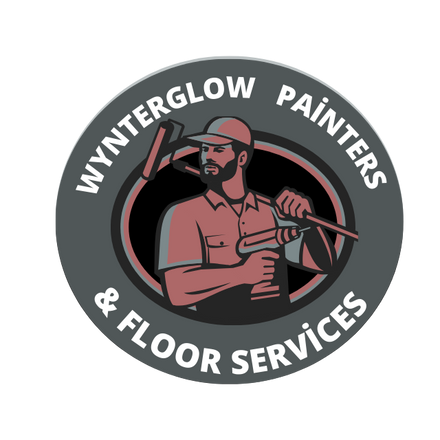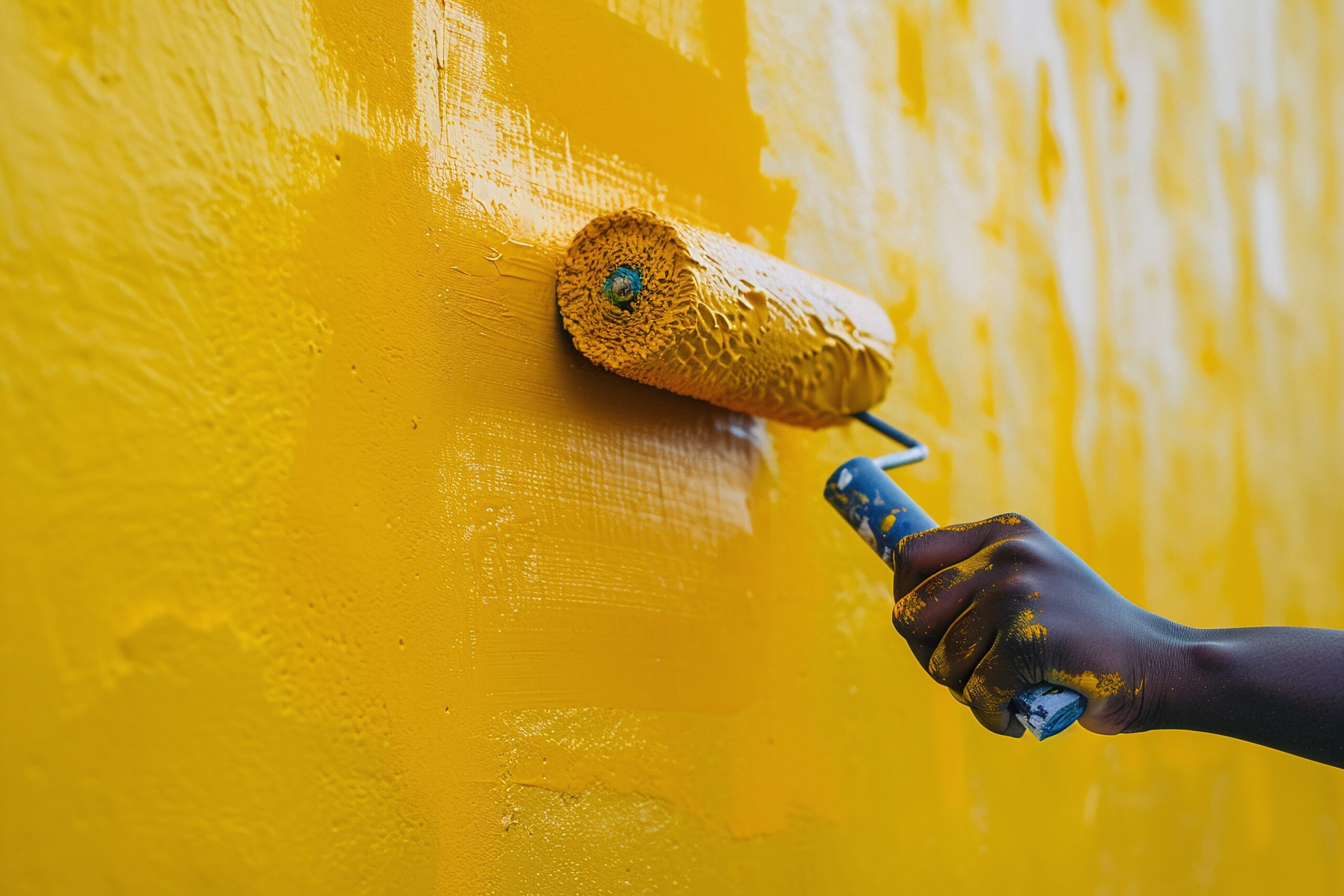Painting is one of the most effective ways to refresh a space, bring new life to furniture, or elevate your home’s curb appeal. But before you dive in with your paintbrush, there’s an often overlooked yet critical step that can make all the difference: priming. Understanding when to prime before you paint ensures that your final result is not only beautiful but also long-lasting. So, how do you know when priming is essential? Here’s a guide to help you figure it out.
“Every artist dips his brush in his own soul, and paints his own nature into his pictures”
What is Primer and Why is it Important?
Primer is a preparatory coating applied to surfaces before painting. Its primary purpose is to create a smooth, adhesive base that helps the paint stick better and enhances the overall appearance of your paint job. Additionally, primer can:
- Seal porous surfaces: It prevents surfaces like drywall, wood, or concrete from absorbing too much paint, which can lead to uneven coverage.
- Block stains and odors: Smoke, water damage, and other stains can bleed through paint. A good primer blocks these from showing through the final coat.
- Improve durability: Priming extends the life of your paint by reducing peeling and flaking over time.
Now that we understand why primer is important, let’s explore when it’s necessary to prime before painting.
When to Prime Before You Paint
1. Bare Wood or Drywall
If you’re painting raw, unfinished wood or drywall, priming is a must. Both surfaces are porous and will absorb paint unevenly if you skip this step. Primer not only seals the surface but also smooths out imperfections. Choose a high-quality, stain-blocking primer specifically designed for wood or drywall to ensure the best results.
2. Painting Over a Dark Color
When transitioning from a dark or bold color to a lighter one, primer is your best friend. Without it, you may need multiple coats of paint to completely cover the dark hue, leading to wasted time and money. Primer helps neutralize the underlying color, providing a clean slate for your new paint. Opt for a tinted primer that closely matches your new color for even better coverage.
3. Stained or Damaged Surfaces
Water stains, smoke damage, and grease marks can bleed through paint, even after several coats. A stain-blocking primer will seal these areas and prevent them from reappearing. If you’re working on a surface with heavy stains or damage, such as kitchen walls or ceilings in older homes, using a primer with added stain-blocking properties is essential for a flawless finish.
4. New Construction
In new construction, where fresh drywall, plaster, or even concrete is being painted, priming is crucial. These surfaces often have uneven textures or varying levels of porosity, and applying paint directly can result in an inconsistent appearance. Primer ensures that the paint adheres uniformly and looks professional.
5. Glossy or Slick Surfaces
If you’re painting over a surface with a glossy finish, such as kitchen cabinets, furniture, or trim, primer is necessary to help the new paint adhere. Glossy surfaces are smooth and can cause paint to slip off or chip easily if primed incorrectly. Look for bonding primers specifically designed to grip these slick surfaces, ensuring that the paint bonds securely and lasts longer.
6. Masonry or Concrete
New or untreated masonry and concrete surfaces are very porous and require a primer to seal the surface. Paint applied directly to these materials will likely be absorbed unevenly, leading to blotches and poor coverage. Priming also helps protect the surface from moisture damage, which can be a particular concern for exterior painting.
7. Exterior Painting Projects
Exterior surfaces endure a lot: changing weather, sun exposure, moisture, and more. For these reasons, exterior painting almost always requires a primer, especially if you are painting over raw wood, brick, or metal. Using a primer will protect the surface from the elements, prevent peeling, and ensure that your exterior paint job looks great and lasts for years.
When You Can Skip the Primer
While priming is usually a good idea, there are a few situations where you might be able to skip this step:
- Repainting the Same Color: If you’re painting over a well-maintained wall in the same color, and the surface is in good condition, you may not need a primer. However, ensure that the existing paint is not peeling or stained.
- Self-Priming Paint: Some paints are formulated as “paint-and-primer-in-one.” These products can save time and money when you’re painting a similar color over a previously painted surface in good condition. However, for more challenging surfaces, using a dedicated primer is still a better choice.
Choosing the Right Primer
Not all primers are created equal. Here’s how to pick the best one for your project:
- Oil-Based Primers: These are excellent for sealing stains, covering wood, and blocking odors. They work well on both interior and exterior surfaces but require mineral spirits for cleanup.
- Latex-Based Primers: These are water-based, making them easy to clean up with soap and water. Latex primers work well for drywall, brick, and masonry and are ideal for most interior projects.
- Shellac-Based Primers: These are great for blocking heavy stains and odors, such as smoke or water damage. They dry quickly and adhere to almost any surface, but they require denatured alcohol for cleanup.
Conclusion: A Good Paint Job Starts with Primer
The decision to prime before you paint can be the difference between a professional-looking paint job and one that needs touch-ups or a complete redo. While skipping primer may seem like a tempting shortcut, it often leads to problems that are more difficult to fix down the road.
Take the time to assess the condition of your surface, the color you’re working with, and the environment your paint job will be in. With the right primer and a little preparation, you’ll set the foundation for a flawless finish that looks great and lasts for years to come.
Remember: Primer isn’t just an extra step—it’s the key to a successful paint project!

